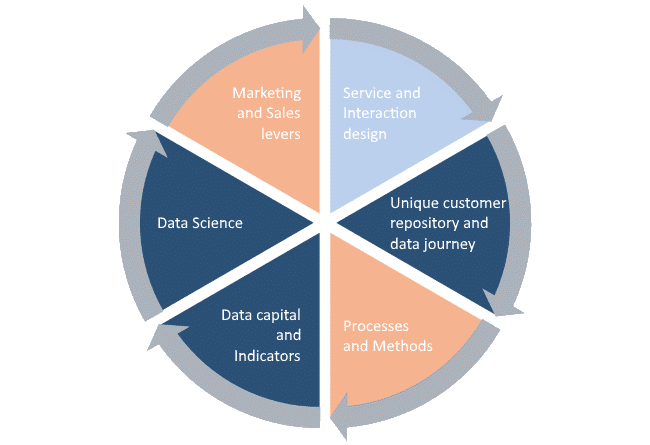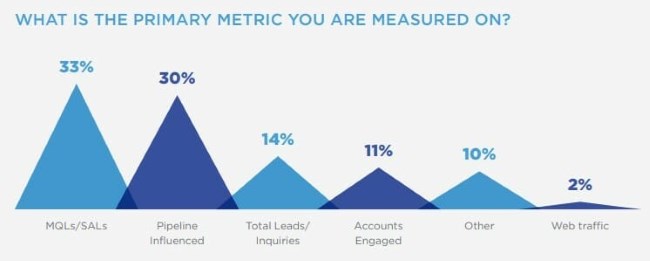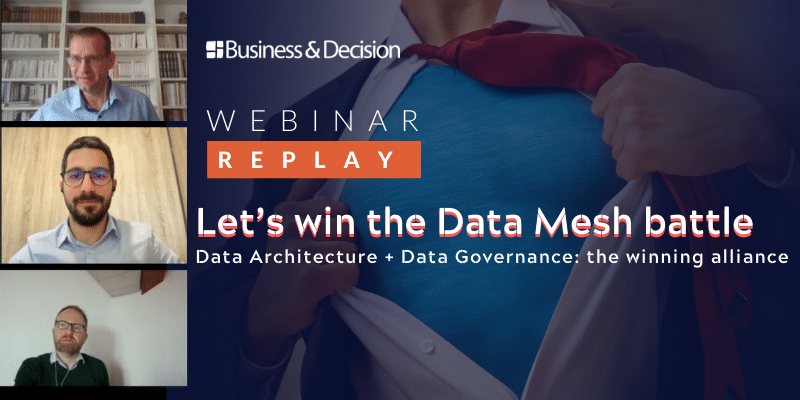We have all noticed in waymarked areas those off-path trails that have sprung up on the ground or in the grass as proof of their repetitive use by pedestrians. Indeed, who has never chosen to cut across a park rather than follow the designated, longer route? It is this very observation that clues us in on why setting up a Customer Experience First (or Customer Experience Centric) strategy makes sense…

Designed paths are often not the ones that are really needed or used by pedestrians. Experience (footsteps) is the only way to find out which choices users actually make, and it is based on this experience that other structures, other gardens can then be designed. To know more about this and watch a demo, we highly recommend Tom Hulme‘s TED talk “ What can we learn from shortcuts” from 2016.
The observation also holds true for customer experience: marketing teams are designing engagement journeys for all channels using increasingly powerful solutions. For instance, within the context of an Inbound Marketing-type strategy, the aim will be to optimise web recommendation and redirect to a particularly well designed landing page (preferably including more visuals than text to avoid a quick bounce) featuring awareness actions (other webpage, white paper, form, video, etc.). Website structure is thus perceived as a journey and becomes a “conversion tunnel”.
Constantly evolving uses
However, with the proliferation of channels and the abundance of mobile applications, uses and journeys are both constantly evolving. The emergence of new intermediaries can hence dramatically alter customers’ journey: as evidenced by TripAdvisor, founded in 2000, which radically changed the tourism market at the time by combining assessment with booking.
More recently, a new startup, called Wingly, even started offering a private flight booking service! And let us not forget Instagram, that has significantly strengthened its video use capabilities, Tiktok and Shopify that have teamed up to create a new acquisition channel, and YouTube that has launched a Premium version with downloading option and a music-dedicated application with regularly upgraded features to stay in the latest trends (e.g.: several customised mixes instead of just one) etc.
Being Customer Experience First
From a digital point of view, it is clear that for a number of years now, Marketing Directors must coordinate their various channels by applying an overall strategy which allows each channel to meet different objectives for instance. In addition to its intrinsic quality and originality, the content must be dynamically adapted to visitor context: journey, previous visits, device…Technically, this translates into a interest for CMS (headless or not), marketing suites or CDP (customer data platforms) to combine content creation, A/B testing, web analytics in order to contextualize emails, newsletters, banners as well as some website and mobile content bricks.
Customer experience: some moments of truth
However, from a “customer” and company strategy point of view, the customer experience scope is broader. This is due to the fact that not all “Moments of Truth” occur in a digital environment: need identification, solution search, purchase, consumption, repeat purchase, recommendation…
We believe that being truly “Customer Experience First” involves all of the 6 areas illustrated in the diagram below.

In the diagram, orange slice levers are usually known and addressed within the context of CRM/Marketing (Marketing and Sales levers) and Lean Management (Processes and Methods) projects. Business & Decision also frequently provides support with respect to the blue slice levers, drawing on its 4 founding beliefs and key areas of expertise:
- Data: data must circulate freely and be regularly enriched, consolidated and then exploited in order to support decisions or bring input for automated operations. You should note that implementing data governance becomes an imperative necessity for one or more of the following aspects: customers, products, marketing assets, stores and distributors…In broader and more complex contexts, a data catalogue (whether prepared or not) is also required to facilitate data sharing and analysis and make these more reliable.
- Digitalisation: most activities can be digitised or enriched through digitalisation (new services and halo effect, namely in the manufacturing sector where there are numerous intermediaries between the manufacturer and the consumer). It is a performance lever and data source to go even further.
- Technology: vendors that we choose as partners are selected because of their top-quality solutions, their commitment to the customer and their level of R&D. They can be market-leading solution providers or startups that are quickly growing thanks to their innovative and strong approach.
- Change management: in addition to new tools and processes trainings, customer culture leads to shorter and more collaborative project cycles, which implies new project modes (agile), new skills and new behaviours within the company.
Measuring, again and again…
Last but not least, as shown in our 2018 study report “Demand Generation Benchmark“, measuring reported qualified lead volume rather than channel traffic has also become a priority for marketing departments.

In other words, investments in Customer Experience are only worth the value they ultimately add to the Customers or the company itself. ROI and completion time will thus be the key project drivers that will help develop, what appears to be, at present, the only sustainable type of competitive advantage: a capacity to continuously harness one’s resources to deliver unrivalled Customer Experience.
















Your email address is only used by Business & Decision, the controller, to process your request and to send any Business & Decision communication related to your request only. Learn more about managing your data and your rights.